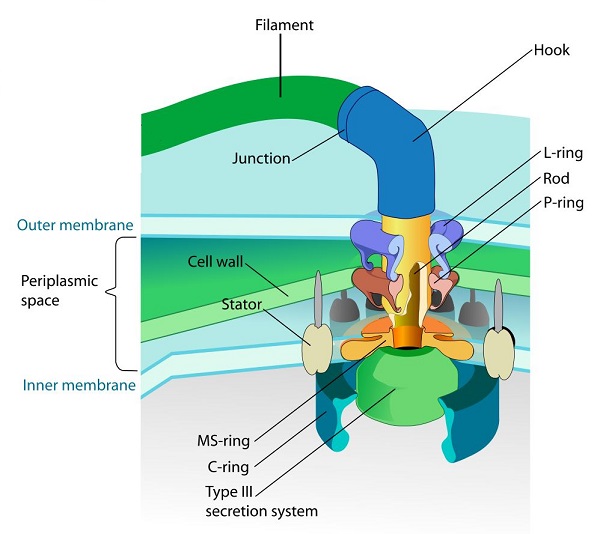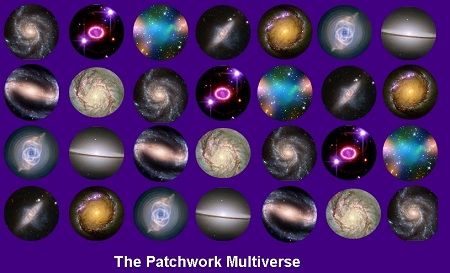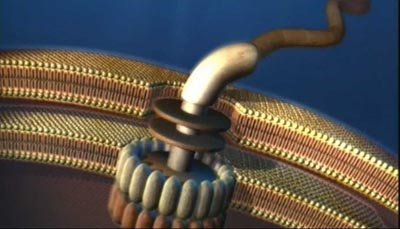We’ve been looking at why Darwinian Evolution and its updated version neo-Darwinism are impossible. In part 1 I defined the terms so I won’t bother to do so here. Parts 1 and 2 cover the first 10 of the 15 reasons evolution is impossible as promised in the title. Without further ado, let’s get right to the last set of reasons.
15 Reasons why Evolution is impossible and never happened (Part 3)
The Digital Problem
11. The Digital Nature of Information in living creatures
Digital information – which by nature is coded information – is fully integrated within all living creatures. Let me point out a few examples: Continue Reading




